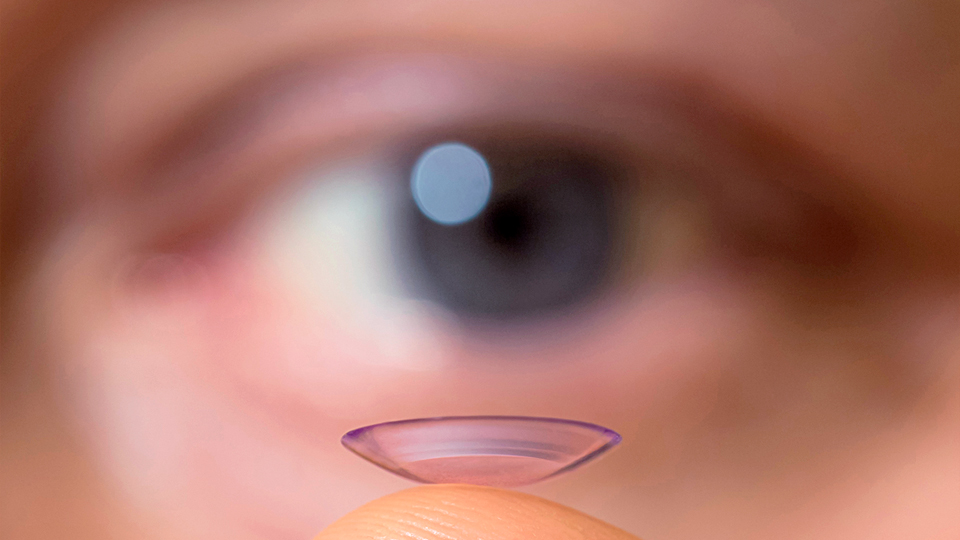All about the skin around the eyes and “drooping” eyelids
04/04/2025

02/11/2021
At the Contactology Department of the Barraquer Ophthalmology Centre we advise the use of Orto-k lenses in patients with very specific conditions and circumstances. There is no perfect lens and they all have pros and cons. The patient must know them before starting to use any of the options on the market.
Ortho-k lenses, also known as overnight orthokeratology or informally as pyjama lenses, are used as a treatment to correct the patient's prescription. These lenses are worn overnight, while we are sleep, and the patient does not to have to wear glasses or contact lenses during the day. This is its main benefit in those patients who do not tolerate other compensation systems, whether they are soft or rigid gas permeable lenses for daytime use. These are customized contact lenses for each patient that allow their prescription to be temporarily corrected through controlled moulding of the corneal surface.
There is no perfect contact lens, they all have pros and cons. The patient must know them before starting to use any of the many options on the market.
This type of contact lens presents certain risks compared to everyday lenses, which is why it is very important to carry out frequent check-ups that allow us to review the stability of the treatment and good habits, in order to avoid tissue alterations or infections. Due to the variety of factors that affect its performance, specialists recommend its use in particular cases:
Its good performance will depend on different variables, among which its correct handling (insertion and removal), the patient's hours of sleep (ideally between 6-8 hours) and the eye movements performed overnight. The correct occlusion of the eyelids during sleep, its correct disinfection and the mouldings of the contact lenses after a few months of use also have a considerable influence on its good implementation.
It is just as important to know what to do when you decide to use the Orto-k lenses as it is to know the possible alternatives in the event that their performance is not as expected. When adverse effects arise during its use, it is usually more complicated to reverse and require a longer recovery time, if the follow-up is not ideal or the patient takes time to communicate the symptoms to their contactologist.
In certain cases, it is advised to discontinue its use, either part-time or permanently. A regular scheduled monitoring allows us to know when the lens should be replaced and allows us to assess and solve situations, almost always before any anomaly arises. Other alternatives to the use of Orto-k lenses, when they have not been previously evaluated, are the change to daytime contact lenses, both soft and rigid gas permeable or, in some cases, stop wearing contact lenses if necessary.
Eloi Rodriguez
Contactologist at the Barraquer Ophthalmology Centre
El uso de lentes de contacto está más que extendido, pero muy pocos lo hacen correctamente. La clave está en la supervisión por parte de un oftalmólogo y un contactólogo. Nos explican todas las recomendaciones nuestro responsable de contactología, Eloi Rodríguez, y el doctor Jose Lamarca.